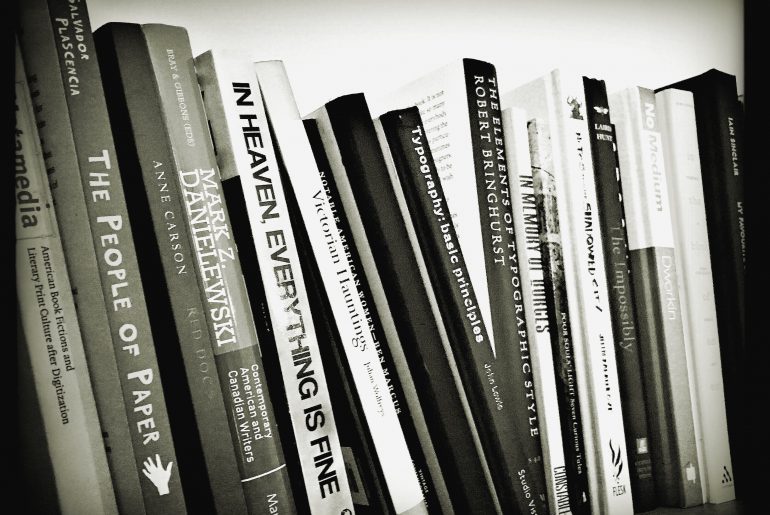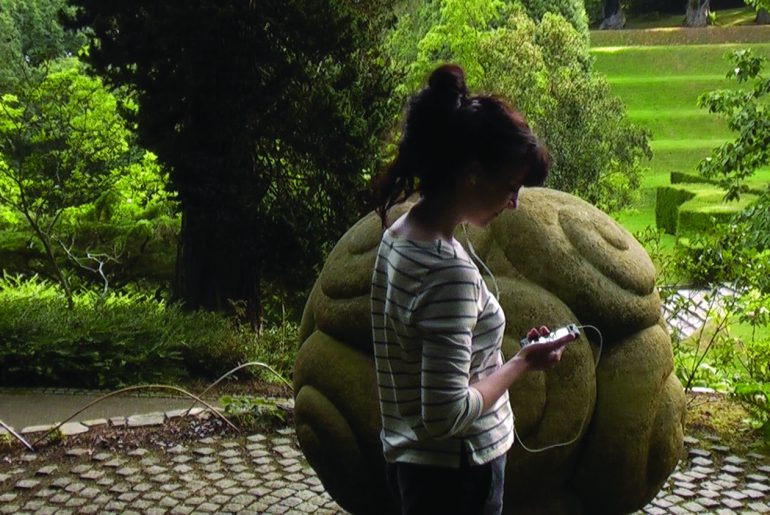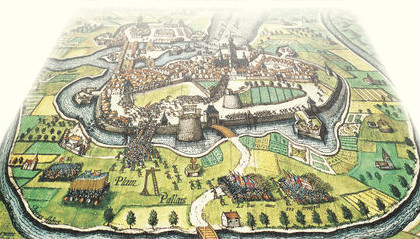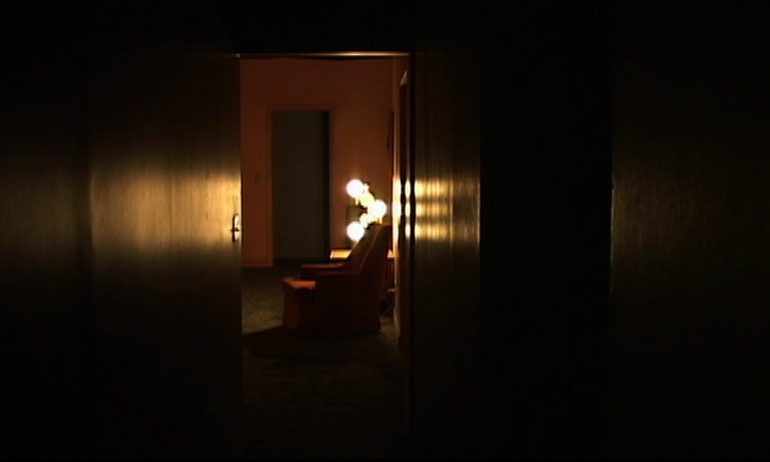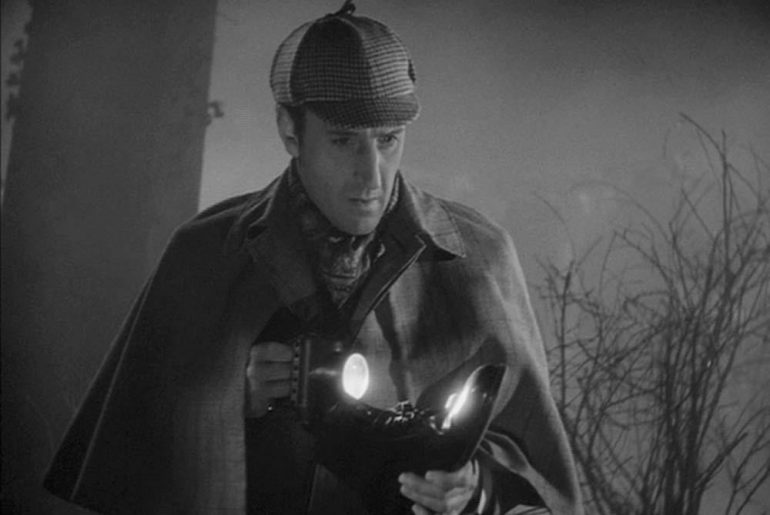In a chapter called “Against Allegory,” in his book J.M. Coetzee and the Ethics of Reading (2004), Derek Attridge argues that we should, more often, stop asking what a text “really means.” He’s writing about the South African novelist J.M. Coetzee, a writer who critiqued the structures and policies of apartheid and whose writing was yet allowed through the censors of the regime that enforced this bureaucratic racism because sympathetic academics on the censorship board could persuasively say that he was writing about something else entirely. Because of the conditions under which his work was published, Coetzee, Attridge argues, tends to be read as someone hiding his true meaning: even as his work rarely deals with the specificities of South African politics, set in different (and often ambiguous) times and places, it still tends to be read as “standing in” for apartheid, as being an allegory for the politics of…
Chilled Ambient
I left Greece without knowing his name. Our encounter was fleeting, troubling. Not a summer romance. You can’t romance a dead person. Besides, my heart is already tied up in knots over someone else, and that person — oh, why bother being coy? Arjun. He doesn’t feel the same way about me. Why would he? from Liquid Continent I’ve been absent from this blog for a while as I begin the process of writing the first draft of my ambient literature story. “Liquid Continent” resides within a storyworld I’ve been creating over the past two years; my main character, Flo Evans, is a young woman who can communicate with the dead through her phone. “Liquid Continent” is about Flo but it’s also about student debt, the workplace, families, friends, and the refugee crisis in the Mediterranean. It’s about grief, and longing. Plus jokes. Ideally, you will read my story at…
A Communicable Pathogen
August. 2016. Sitting opposite me on the train to London, an old woman pulls out a copy of Silvina Ocampo’s Thus Were Their Faces and begins to read. I wait for a while, a palpable itching in my palms. Then I speak. I reach out to her, indicate that I’m also an adherent of that obscure faith. That we share something. I ask her about Borges, and Bioy Casares. About Tlön, and fiction, and creation. About feminism before it had a name. About Angela Carter and Leonora Carrington, about Kirsty Logan. If it were a year later, we’d talk about Camilla Grudova too. Books are a secret society with a handshake and a badge. They extend out of the immediate experience, and slip into our view of the world. We share books with friends, we recommend and extoll writers who move us, who make us think. The first thing I…
Making Ambient Literature in the Digital Humanities
While most of our posts here on this blog have focused on defining and discussing critical issues surrounding the development of the idea of ambient literature, I want to take a step back and consider more broadly how the mode of research we’re engaged with fits in with adjacent topical and methodological trends. In particular, I want to look at our project’s relationship with the growing cluster of practices falling under the term “digital humanities,” specifically the way in which the ambient literature project might offer a model for a different or expanded understanding of digital humanities research. As it has developed out of humanities computing, the field of digital humanities has been committed to establishing computationally-based methods for the modeling and analysis of data generated from research in the humanities, which could include areas such as anthropology, history, literature, and art history, among others. In this, the aim is…
Is There a Function for Nested Media in Ambient Literature?
I’ve been thinking about the ways in which ambient literature could mediate the participant’s relations with their surroundings, in particular, how narrative devices familiar to theatre and radio drama may function within ambient literature. Here, I wish to briefly compare the use of nested recordings, such as phone calls, instant messaging, recorded interviews, voice messages, memos, and vlogging, etc. within situated and “non-context specific” narratives. Emblematic of this device is Samuel Beckett’s play Krapp’s Last Tape (1958) in which the protagonist plays sound recordings made thirty years earlier, recalling memories of his younger self. Radio has repeatedly utilised nested media; in the sci-fi drama Orbit One Zero (Peter Elliott Hayes, BBC Home Service: 1961) each episode is bookended by the scientist’s recorded audio notes revealing an attempted alien invasion. In Clara Glynn’s tightly scripted tale, A World Elsewhere (director David Ian Neville, BBC Radio 4: 2015), the life of Rida,…
Are We Not Locative?
I recently fell on the new Narrating Space/Spatializing Narrative (Ryan, Foote, & Azaryahu, 2016) as a key book for our project. And indeed it does have lots of really useful frameworks when it comes to reviewing space and place in narrative. The chapters on street names, maps, and landscape help us make our case for the significance of situation, context, and place as already powerful but critically overlooked determinants of narrative pleasures. But this is not a book report — more a specific response to one section. The chapter on “Space Narrative and Digital Media” pushed me into considering again why our term ambient literature is appropriate for the practices that are the object of our research. The authors deal principally with locative media and alternate reality, and in so doing construct them as the identifiable genres where narrative intersects digital. So why are we not a locative media research…
Foregrounding Backgrounds
I’ve been thinking about ambience (unsurprisingly) and what it might mean. I’ve been really keen to get away from the idea of ambience as simply “background/backdrop;” this doesn’t seem, to me, to be what we’re talking about at all. Or it didn’t. But maybe I’ve been doing background a disservice, or, rather, I think background gets done a disservice. Background isn’t unimportant, and it doesn’t just hide or get hidden — background does. Background is constant, consistent, imminent, but it’s also intrusive. Background structures, but not just as something that sets the scene. If ambience is background then I suspect that it’s because background is a conversational thing. If you’re looking at a photo, a portrait, then the background matters. The subject may be a human head, but the background is what makes the portrait. There is no photo without the background; if the photo is so zoomed in that…
Authoring the Uncontrollable
As works of ambient literature respond to the presence of a reader to deliver story, a sense of unpredictability is inherent in this new literary form. Neither the world, nor people, always behave in predictable ways and this is a feature of this type of situated literature. In a work of ambient literature, the reader must be present in a physical location and if, for example, they are prompted to explore a city street then this location becomes an integral part of the narrative. However, this is a part of the narrative that the writer cannot fully control. It is part of their authorial territory but, as they might not know exactly what the reader sees in front of them, uncontrollable elements may become unexpected features of the story. I recently experienced Experiment II, a piece of ambient literature developed by Tom Abba for the Festival of Ideas in Bristol.…
The Presence of What Ought to be Absent
Among the various challenges for the Ambient Literature project is how to address the way in which stories work: how stories work when the reader is necessarily present within the piece as it is delivered by means of a pervasive computing device. Experiencing story never is, and has never been, a passive act. We subsume ourselves within stories, and assign importance to character, action, and consequence based on a set of carefully crafted manipulations of our reading. Words on paper matter, as do design, typography (as Ian Gadd reminded us last week), and even the paper on which those words are printed. Stepping back from material details leads us to genre: the tropes of storytelling, often hidden in the background and unnoticed; the assumptions we make about a story from the incidental details — setting, voice, character, and plot elements; things that can be manipulated by good storytellers in order…
Seeing the Crystal Goblet
The protagonist of Mark Haddon’s novel, The Curious Incident of the Dog in the Night-Time (2003) is a fifteen-year old, Christopher Boone, who discovers his neighbour’s dog has been killed. According to the back-blurb of the UK edition, he is described as having Asperger’s Syndrome, an identification that Haddon later regretted allowing; in the novel itself, Christopher refers only to his “Behavourial Problems” (59). Haddon represents Christopher’s world-view through a variety of non-verbal devices, including diagrams, drawings, mathematical formula, icons, and boldface. Less immediately obvious, perhaps, is the typeface itself: it’s sans-serif, which means it lacks the small hooks and extensions that you see in a typeface like Times New Roman. Sans-serif typefaces are usually used for display purposes, whether it’s the fire-exit, the next motorway junction, or the heading in a book. Serif typefaces, however, are conventionally used in newspapers and novels because they are meant to be easier…




